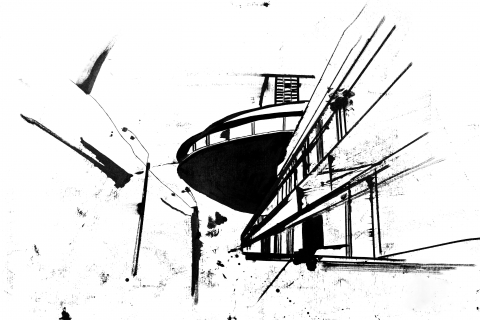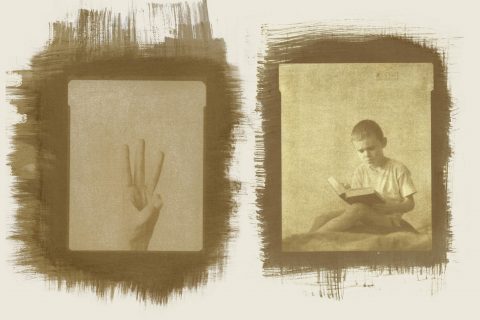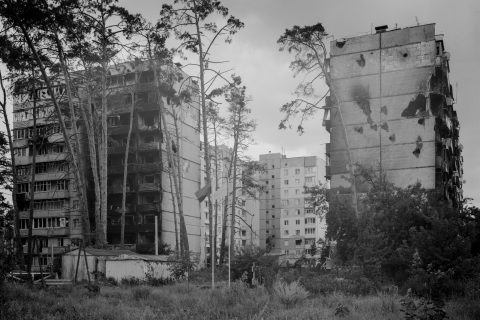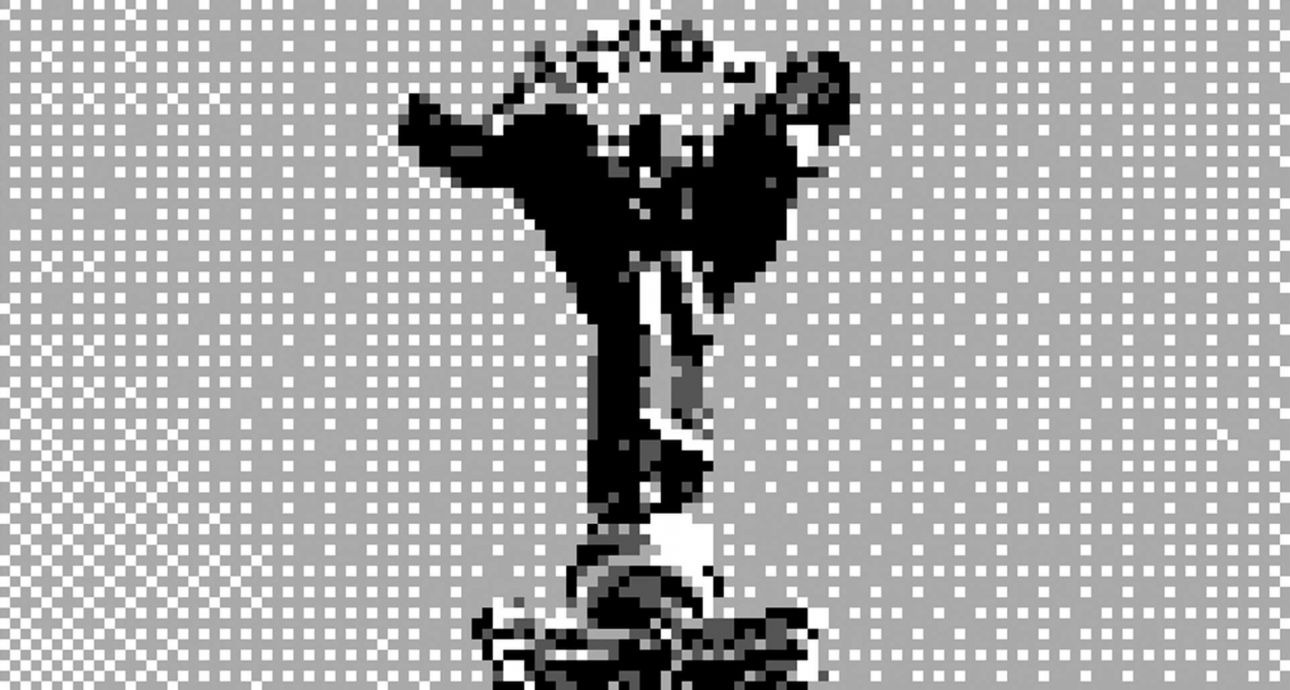
Pixelated Kyiv: Shooting the City on Game Boy
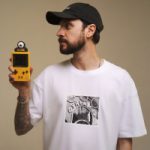
Photographer, musician. Lives and works in Kyiv.
— My true love for photography began with the Olympus MJU II film camera. I always carried it with me and captured everything around me. But eventually, the “point-and-shoot” cameras became insufficient, and I started experimenting with different formats and cameras. Over time, I realized that a camera is not just a tool but a whole language and a way to tell stories from my own perspective.
Since childhood, I have been collecting vintage gear. Today, my collection includes Apple Macintosh computers, retro televisions, film cameras, and camcorders, tape recorders, and gaming consoles. I received my first Game Boy back in my school years, and now I have nine of them.
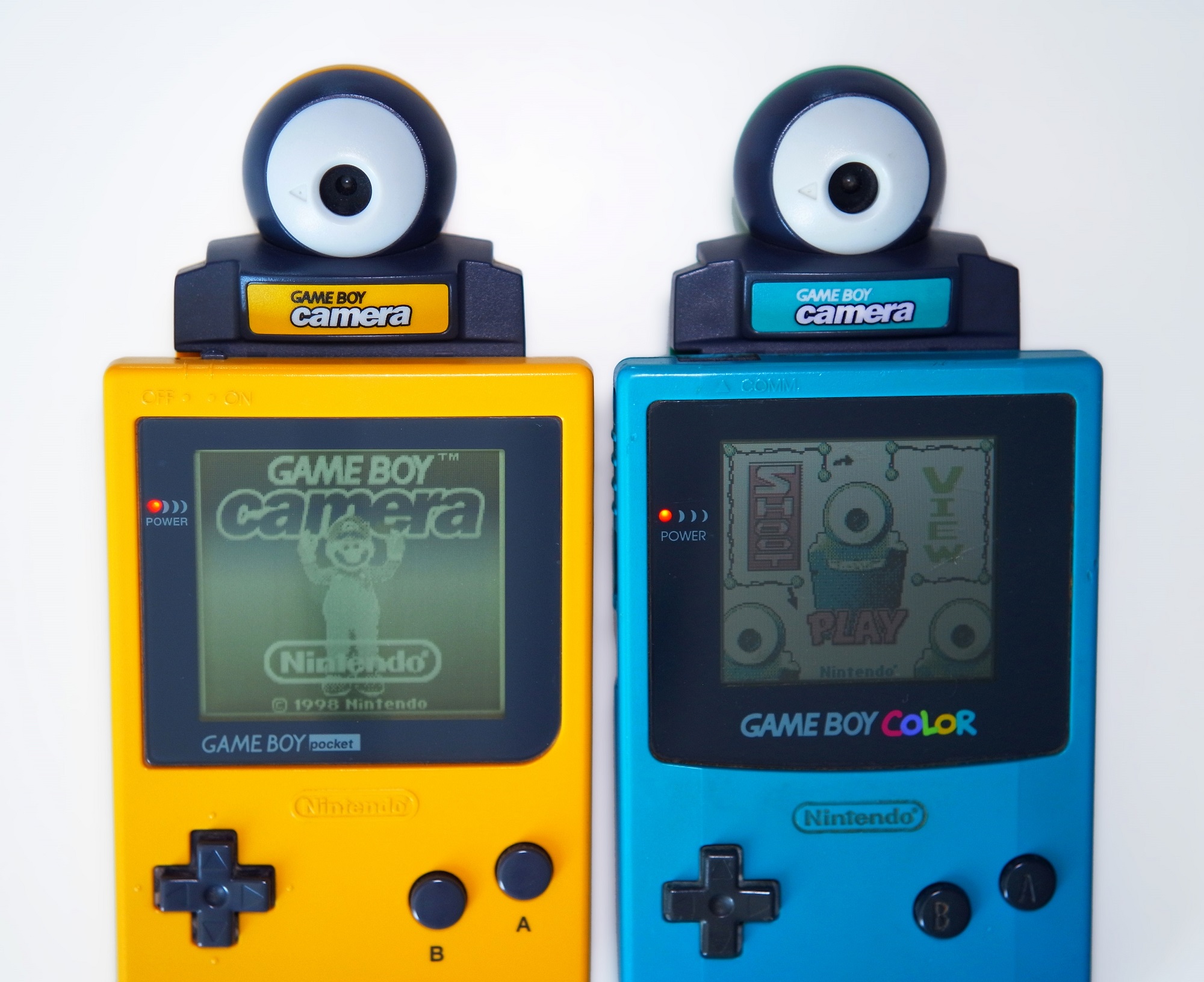
The idea of capturing Kyiv on a Game Boy came about two years ago when my little son was playing with it outside and took a photo of our house. That’s when I thought, why not create a series of snapshots of the capital city? I always dreamt of showcasing my hometown in a way no one had done before.
However, there was a technical limitation: the original camera of the console had a fixed focal length, and I needed zoom capabilities to capture objects much closer. One day, I came across a guy who had created a modified case for the Game Boy camera with the ability to attach the necessary optics. I downloaded 3D printing files and had them printed locally here in Kyiv, then transferred the internals from the original camera to the new case. I then tried connecting optics from a Bolex film camera, but it didn’t work because the Game Boy camera sensor was only 0.014 megapixels. After some research, I discovered that optics from standard surveillance systems worked well. I ordered one, and it indeed worked perfectly.
However, the main challenge remained: how to transfer the photos from the camera to a computer. Over time, I found a solution: I ordered various parts from different corners of the world, and my friend and I assembled a “card reader” that allowed us to transfer the shots. This process took about a year and cost a significant amount of money.
I always dreamed of capturing my hometown in a way that no one had done before.
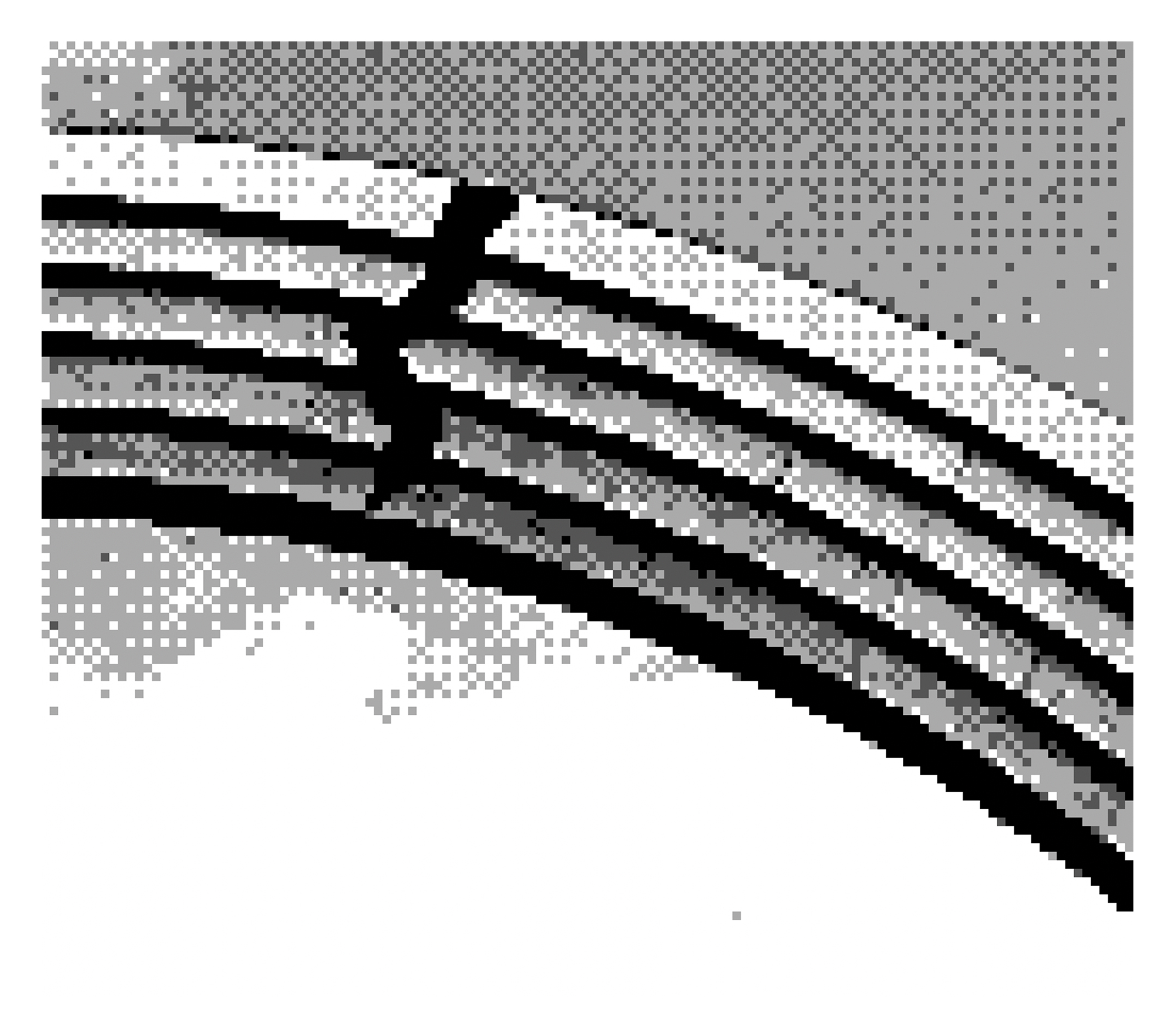
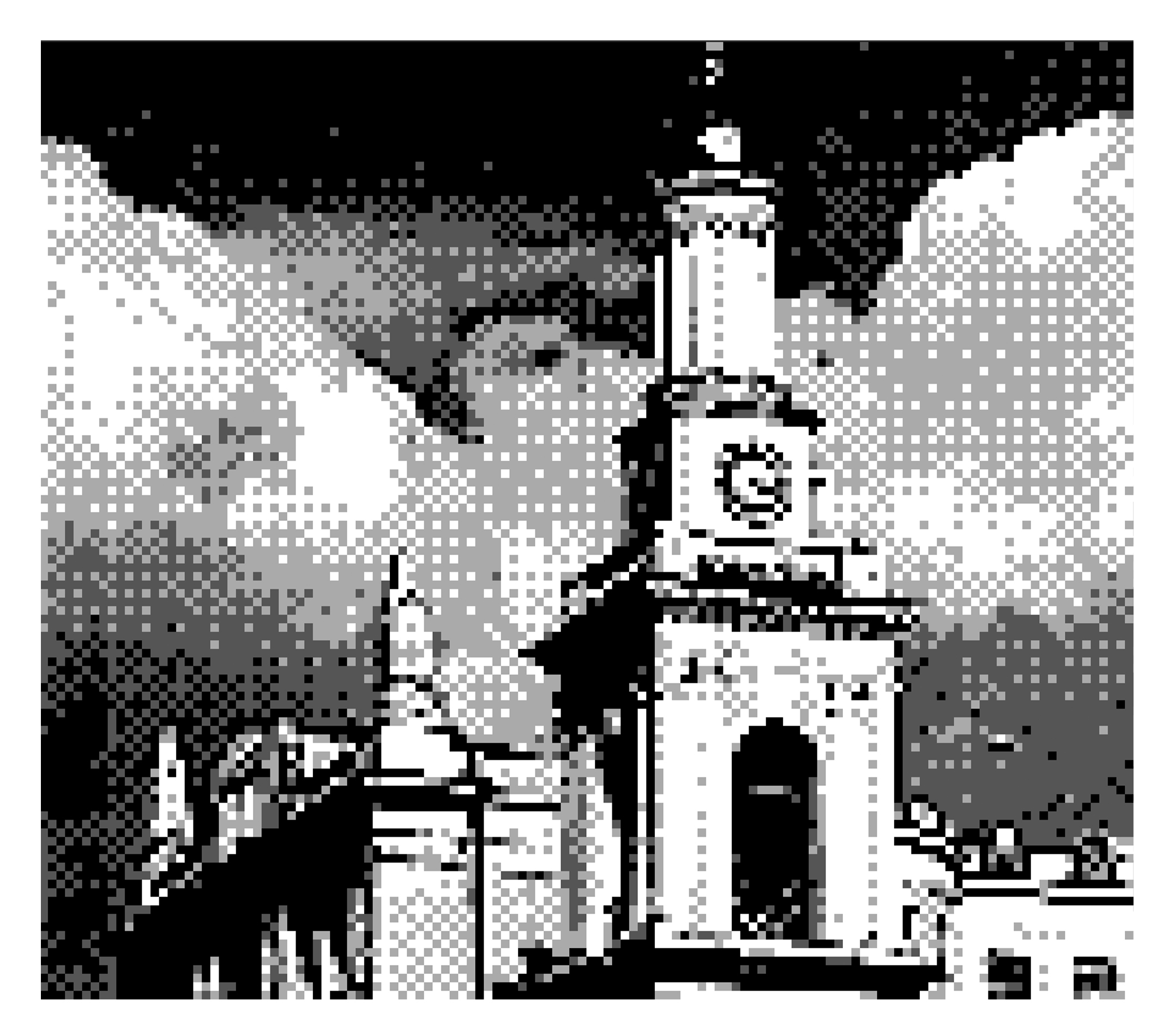
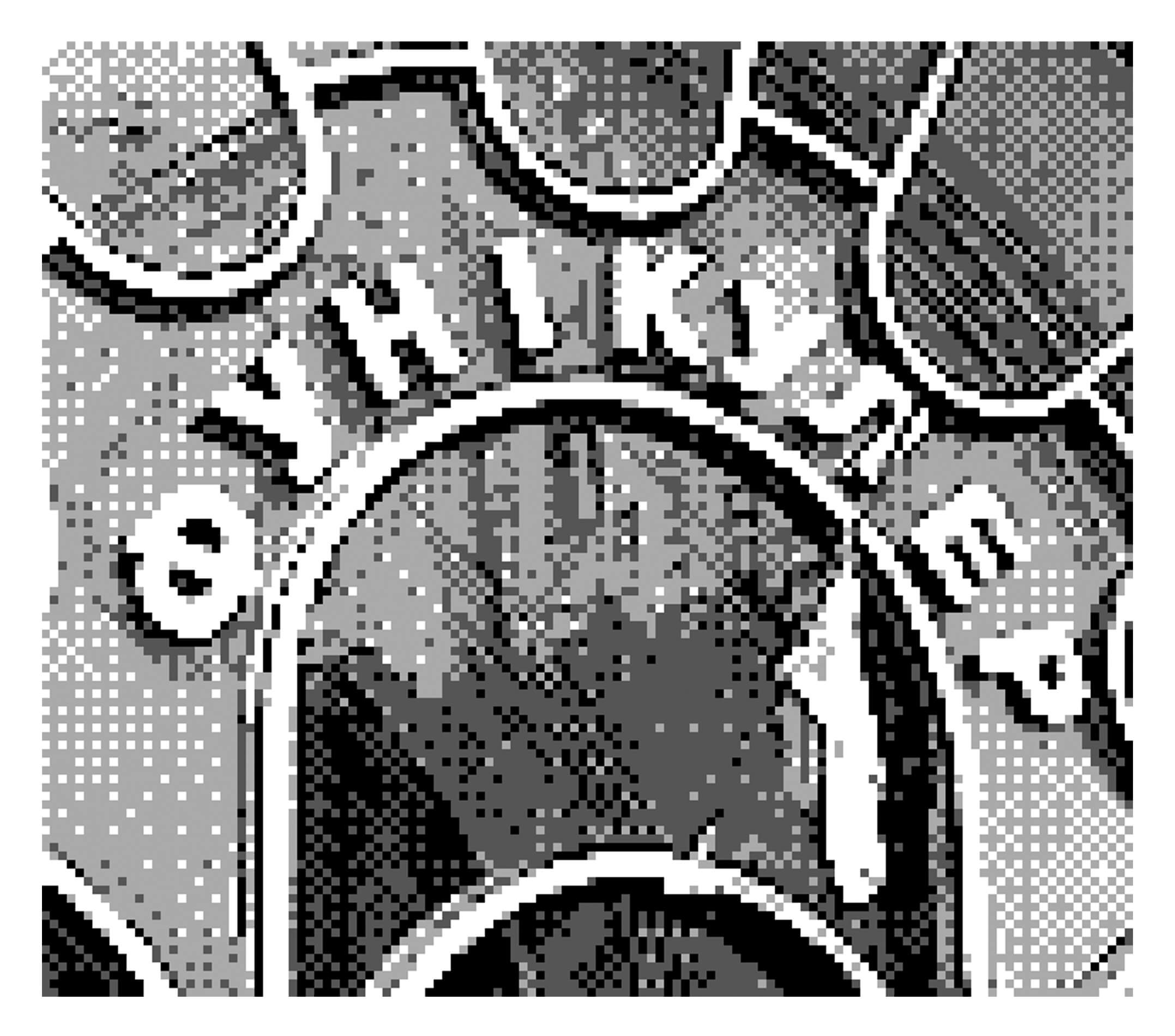
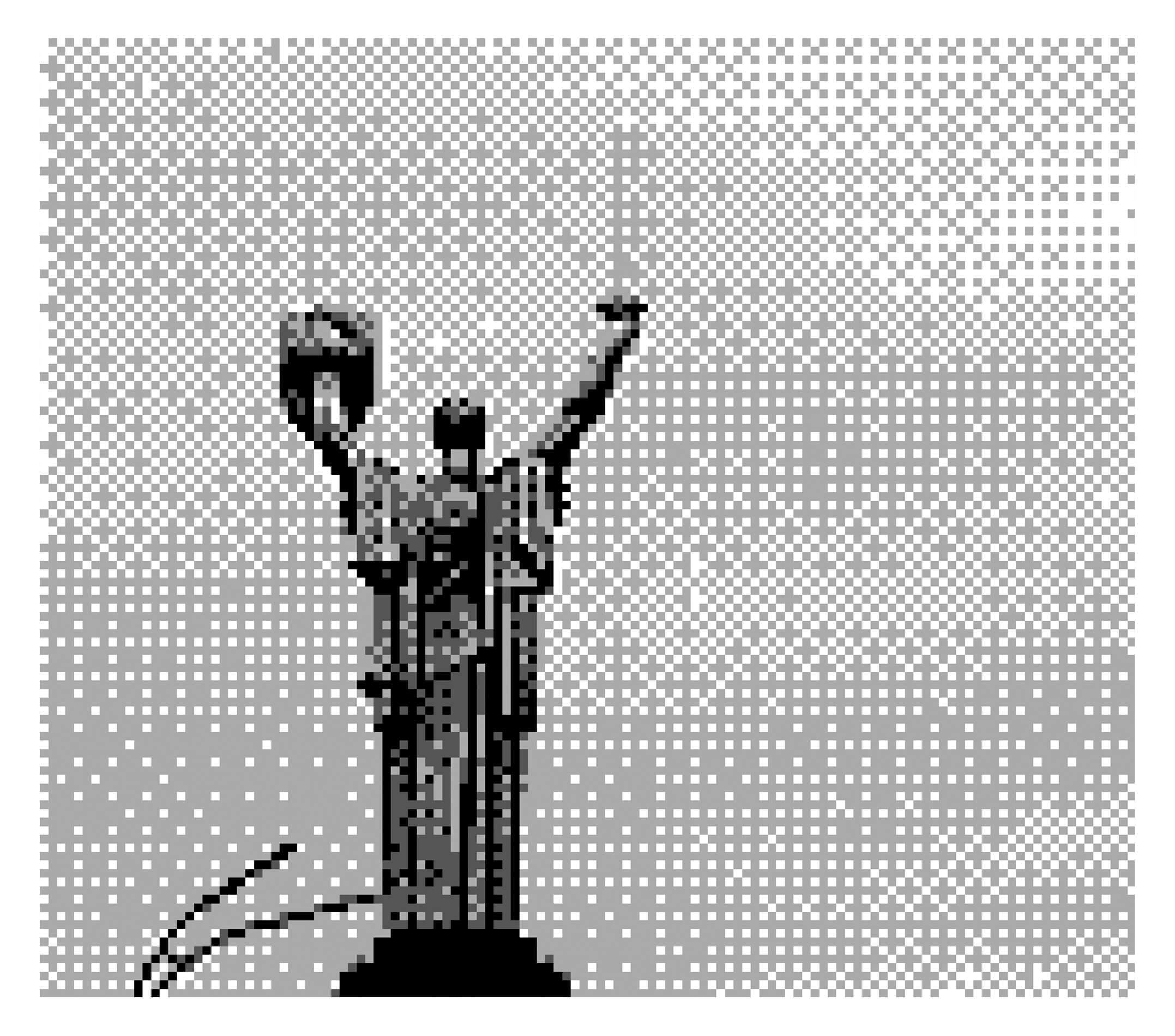
When everything was finally ready, I simply took my gear with me and set off on a journey through the city. I wanted to showcase the most notable historical landmarks of the capital, as well as my personal favorite spots.
There was a funny situation when I was photographing the Salut Hotel. A middle-aged man passed by and suddenly stopped, saying, “What kind of strange device is that?” I tried to explain that it was an old gaming console with a camera, but he seemed skeptical and called the police. I suppose I would have done the same in his place. Then the cops arrived, checked out my Game Boy, verified my documents, and we went our separate ways.
The emotions that arose from the process amazed me: it was like being transported back to the 90s when I was a kid. And the fact that Kyiv, in photos of 128 by 112 pixels, looks so cool—it’s something unreal. Many people loved the project; I didn’t even expect such a reaction. That’s why I’m now launching a series of t-shirts with prints of these photographs.
The emotions that arose from the process amazed me: it was like being transported back to the 90s when I was a kid.
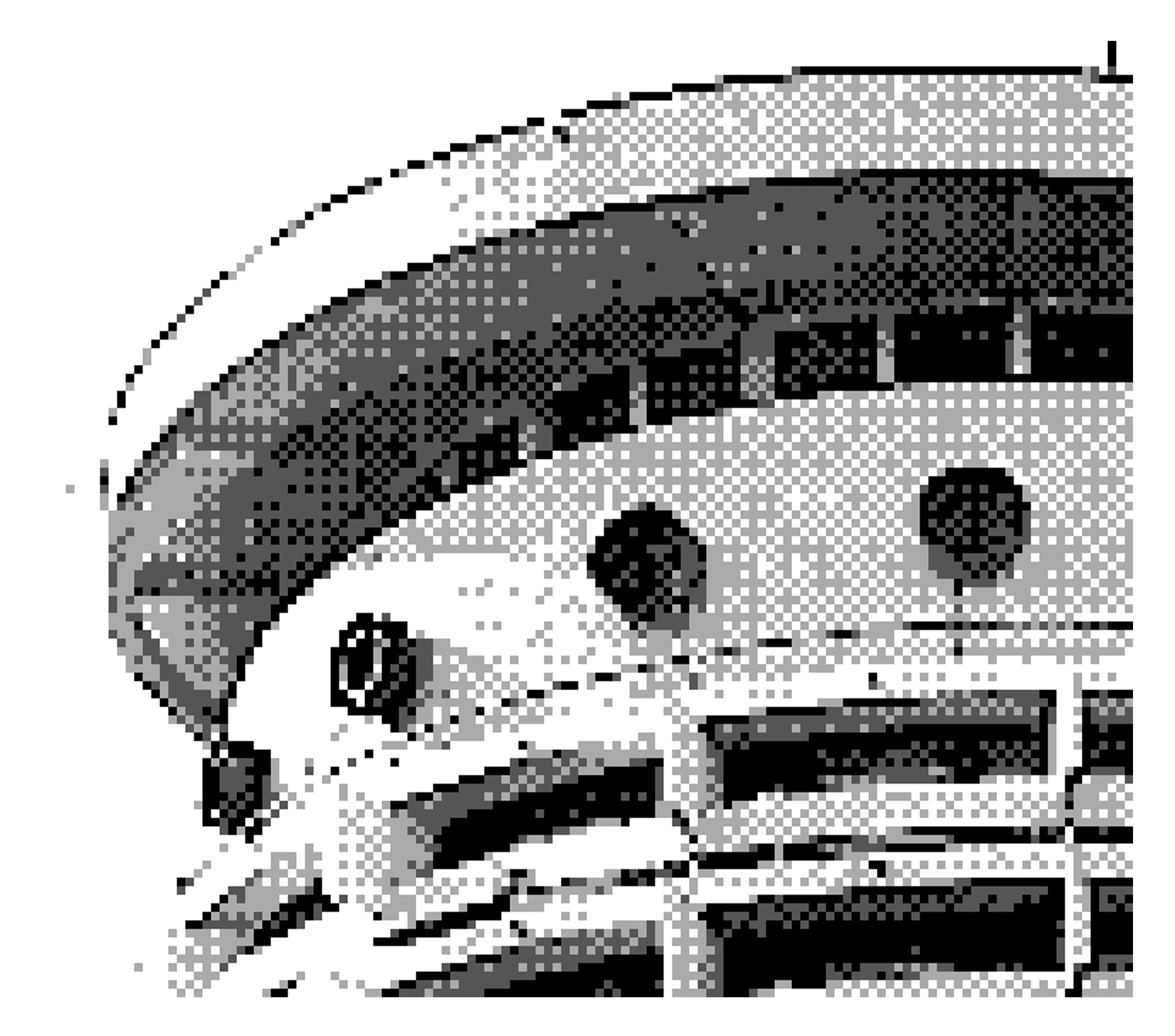
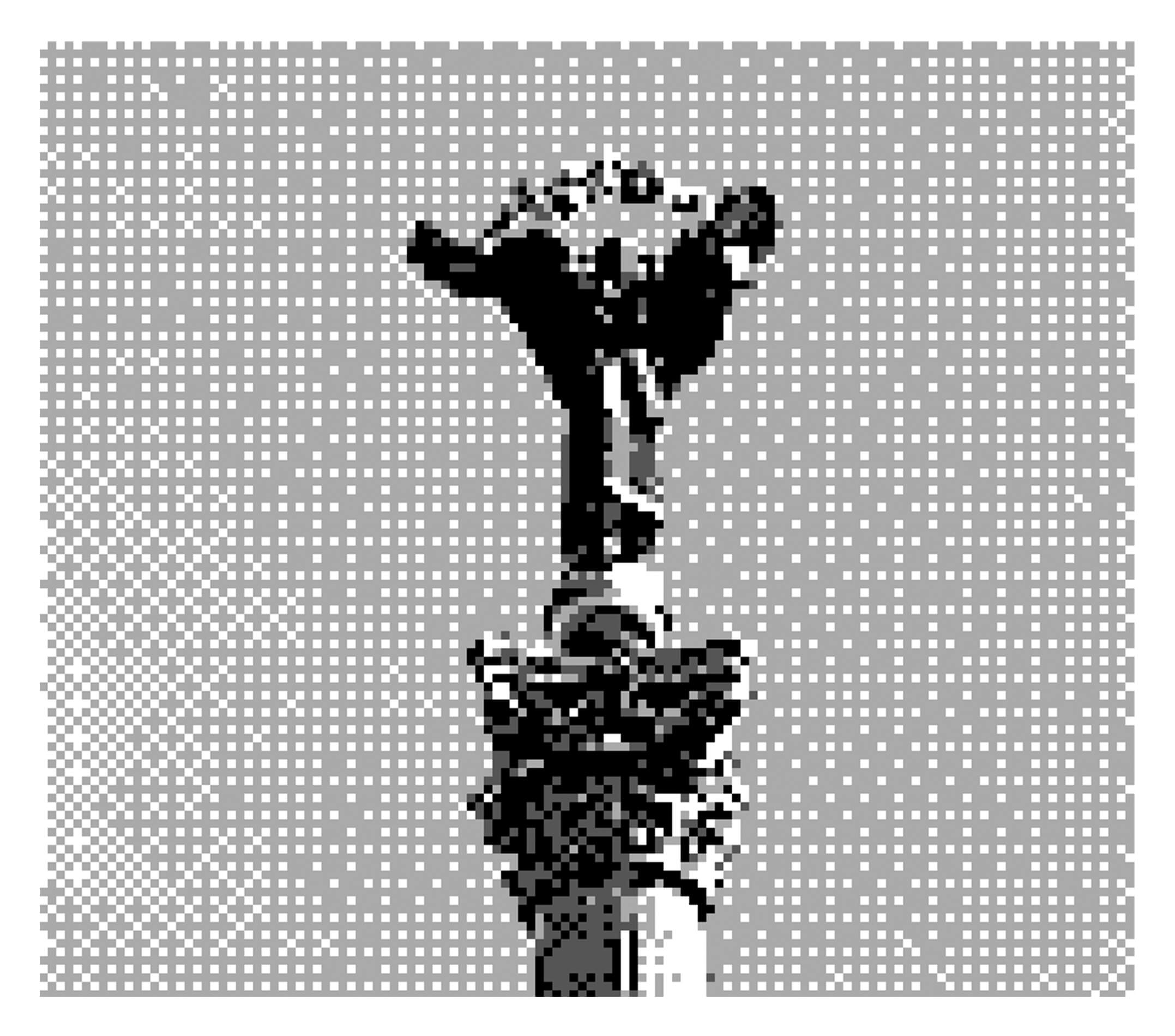
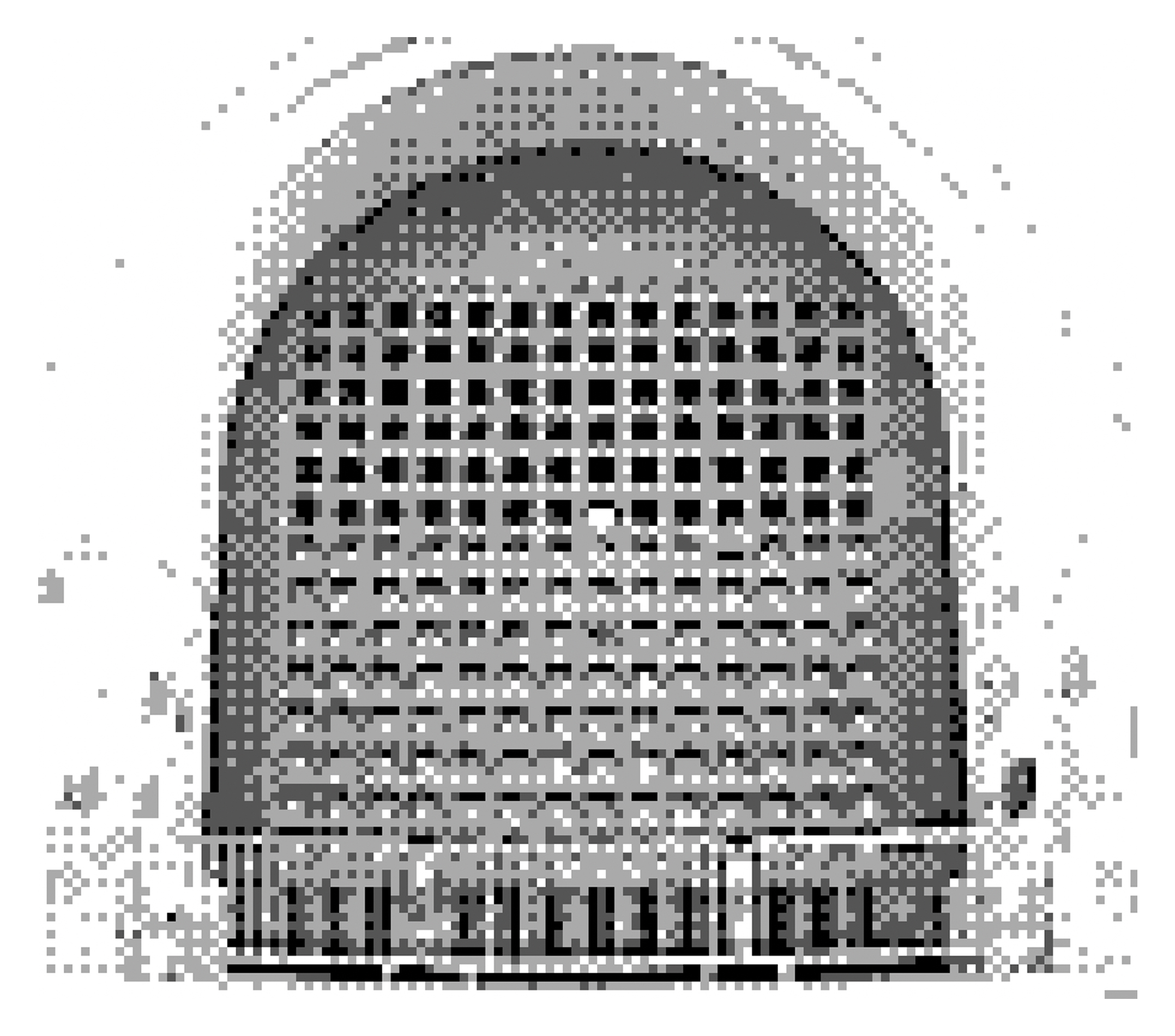
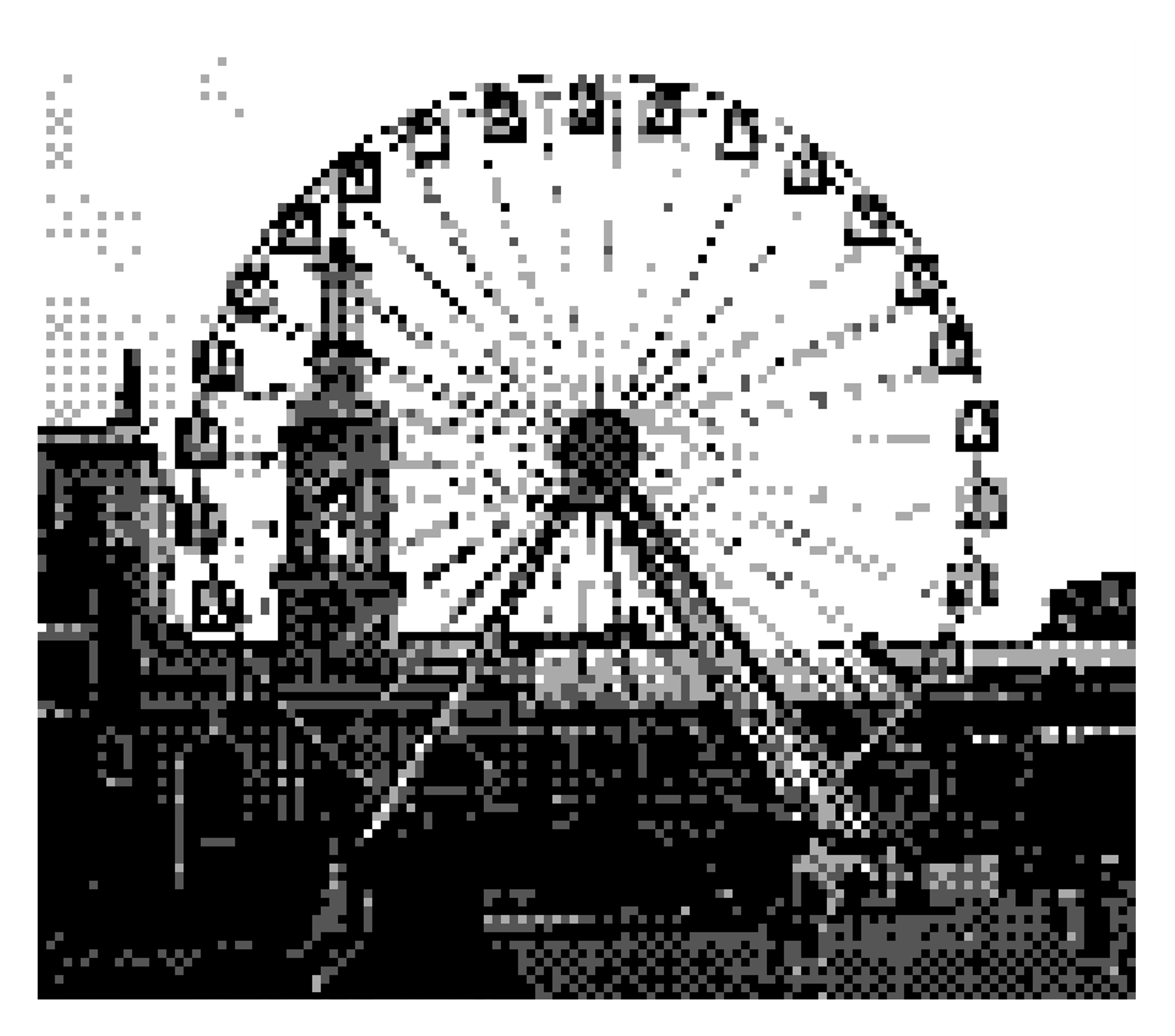
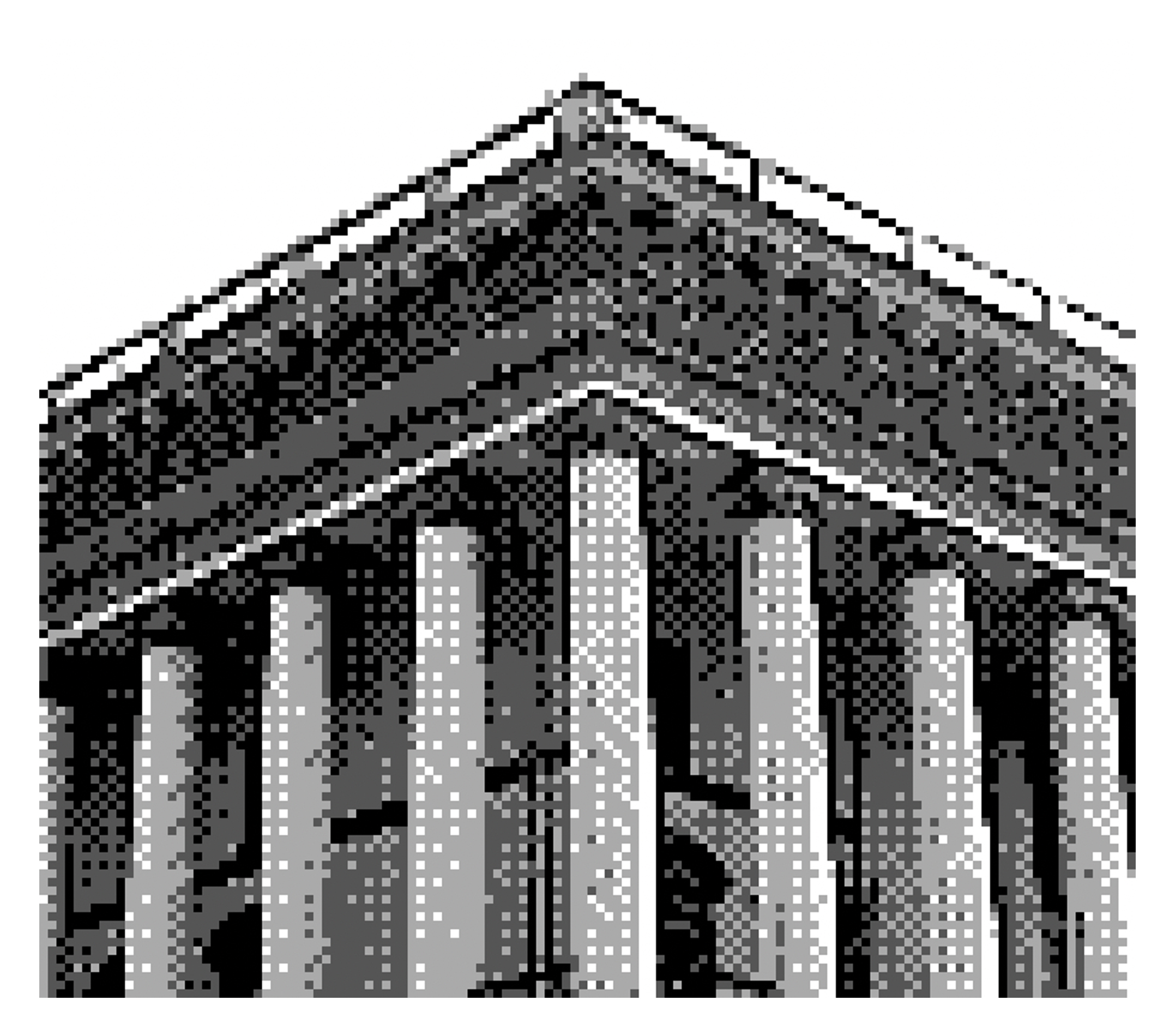
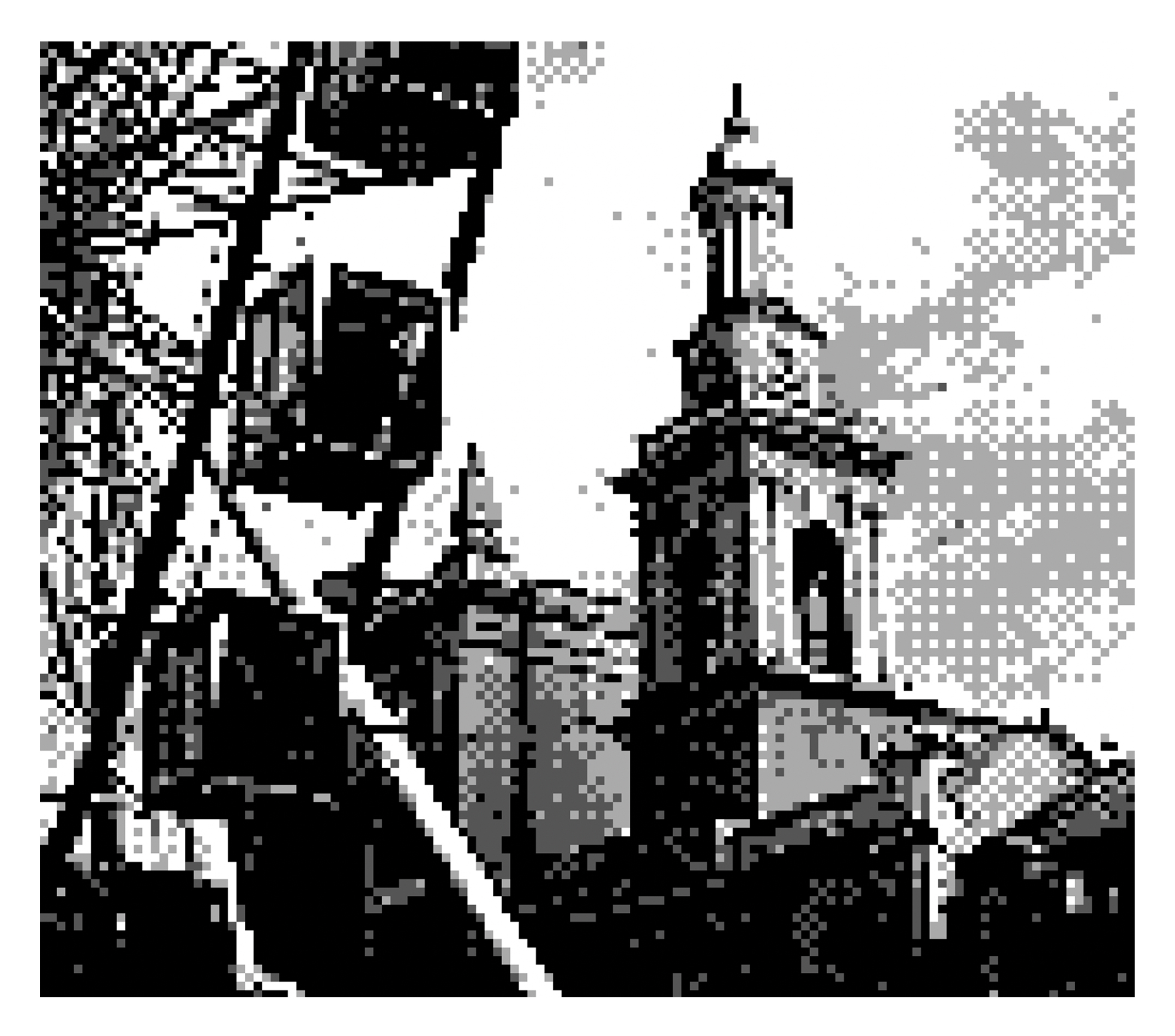
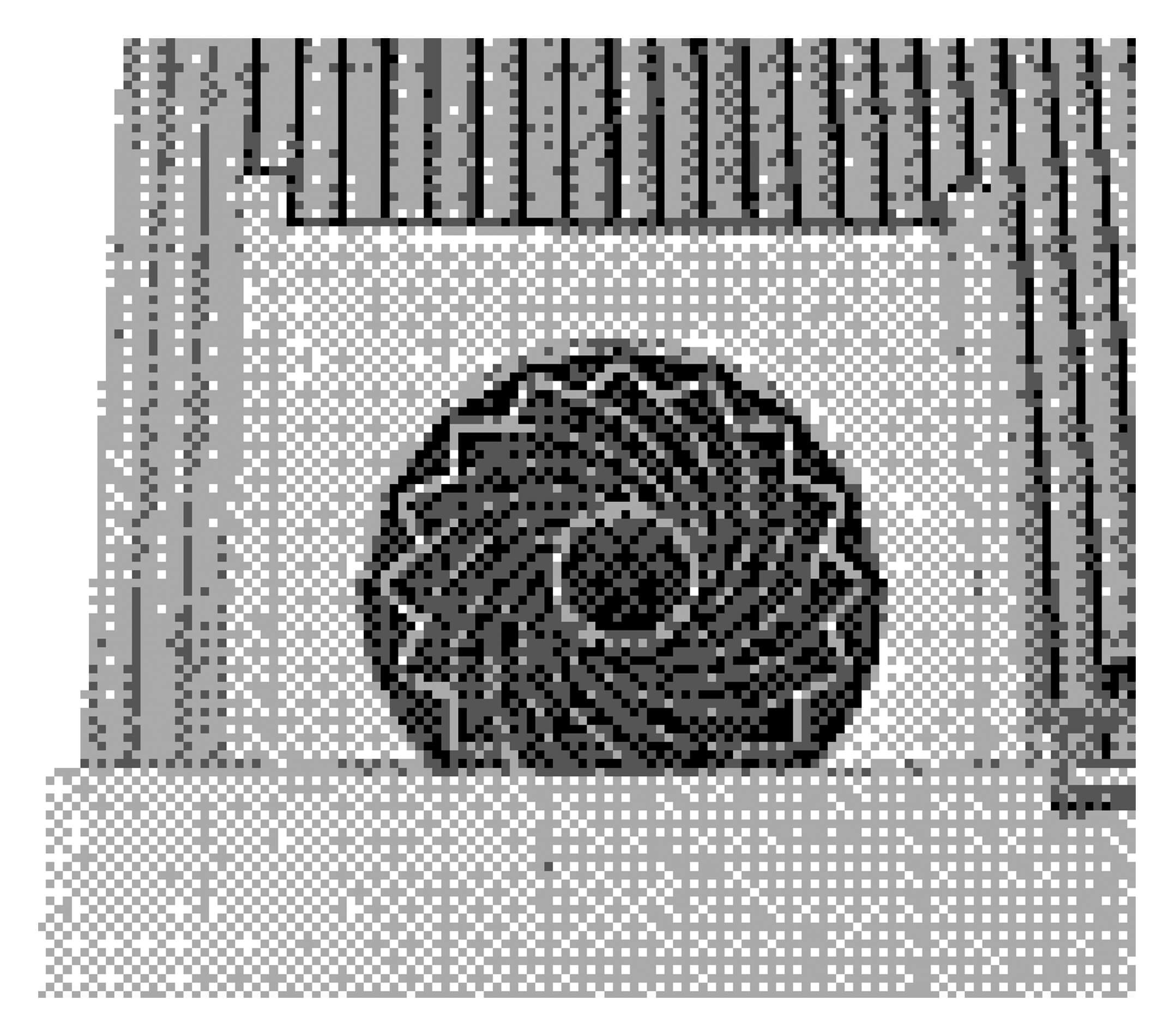
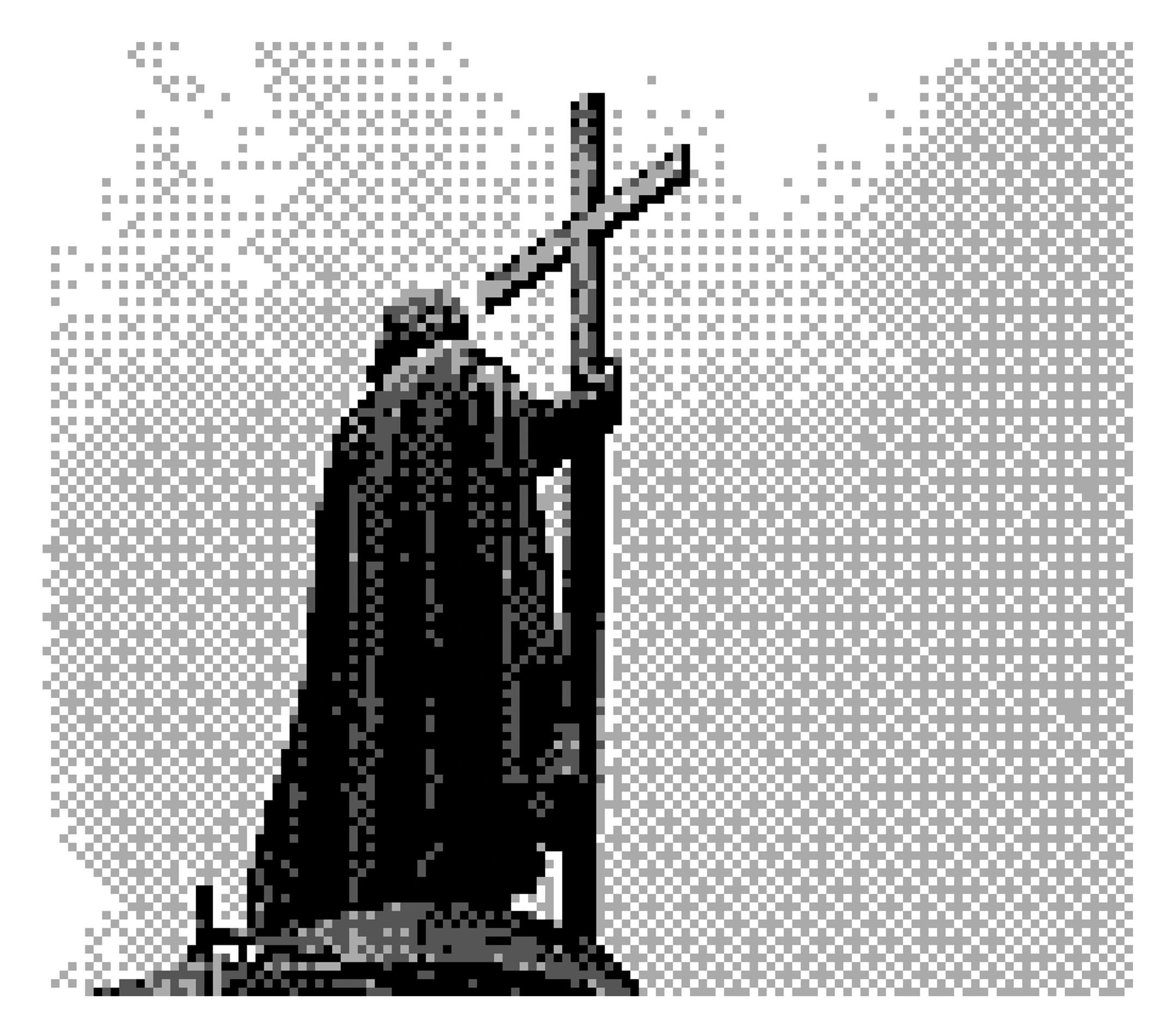
New and best
